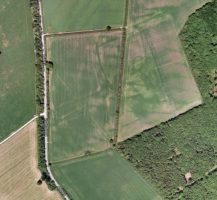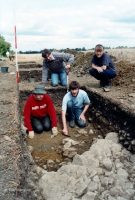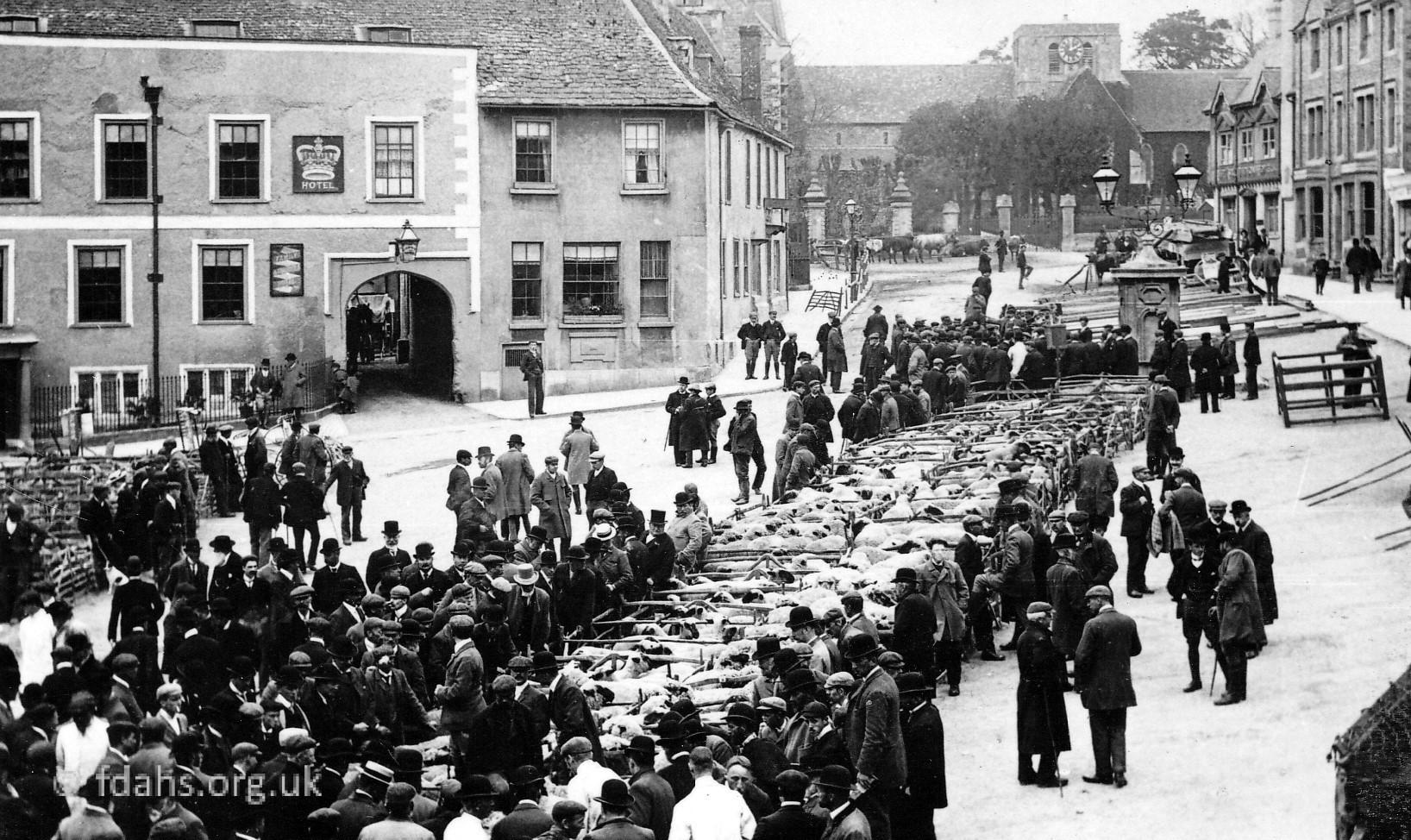

Archaeologists, led by Andrew Millard of the Oxford University Archaeology Society, spent two weeks on an intensive dig at the site of Wyke Grange, on the Radcot Road just outside Faringdon, investigating one of the most important mediaeval discoveries of recent years. Historically a ‘grange’ is an outlying farm with tithe barns belonging to a monastery or feudal lord. Included in the dig were students, local enthusiasts and members of the Faringdon Historical Society. The site was a part of a Cistercian farm complex on land given by King John in 1203 and believed to have once covered thousands of acres over all of what is now the parish of Great Faringdon. Employing many local people. and run by lay brothers, it once served King John’s Abbey at Faringdon before shifting to the authority of the monks of Beaulieu, in Hampshire. Beaulieu Abbey continued to hold land in Faringdon until the dissolution of the monasteries in the 16th century. After the dissolution, the site at Wyke Grange, became part of the estate belonging to Sir Henry Unton (c.1557-1596), the English Ambassador to France, who built the original Faringdon House.
Fragments found in the fields and a study of aerial photographs showed evidence of mediaeval buildings at the site. Part of the foundations to one of the barns and also considerable human and animal debris were found. Fragments of richly decorated mediaeval floor tiles were also found just below the surface, where a great hall or monastery may have been.
References:
- Faringdon Folly, September 1992, p4 – Uncovering Town’s Royal Past – wyke-grange-dig-1992.pdf
